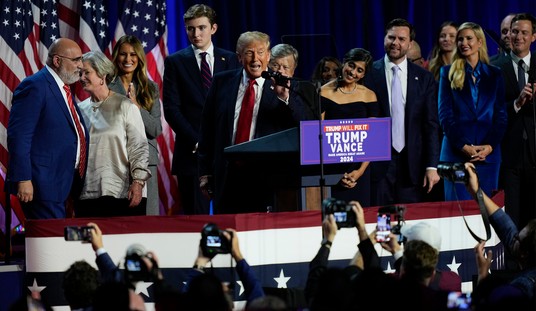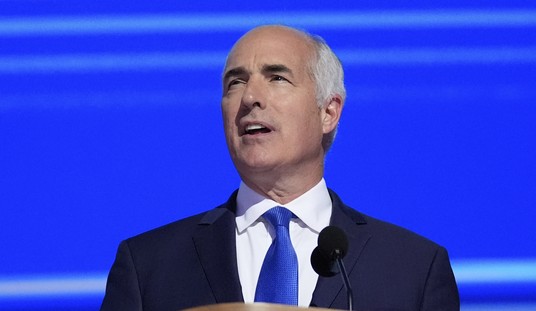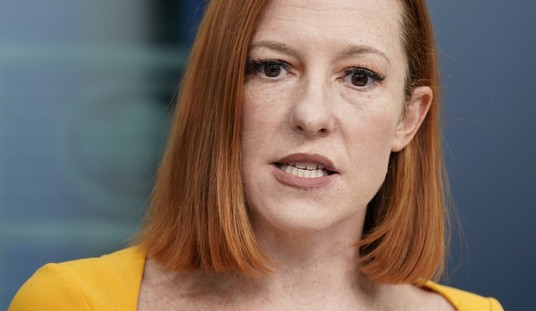U.S. law calls for equal pay for equal work, but the feminist slogan is not based on equal work. Women work fewer hours per day, per week, per year. They spend fewer years as full-time workers outside the home, avoid jobs that require overtime, and choose jobs with flexibility to take time off for personal reasons. According to the Bureau of Labor Statistics, men are twice as likely as women to work more than 40 hours a week.
Women place a much higher value on pleasant working conditions: a clean, comfortable, air-conditioned office with congenial co-workers. Men, on the other hand, are more willing to endure unpleasant working conditions to earn higher pay, doing dirty, dangerous outside work. In 2012, men suffered 92 percent of work-related deaths.
If a man is supporting his family, at the peak of his career, he often works longer hours to maximize his earnings. By contrast, a successful woman who reaches a high rank in her career is more likely to reduce her working hours.
All these reasons for women voluntarily choosing lower pay are now beyond dispute among those who have looked at the facts. But even those explanations for the alleged pay "gap" are still only part of the story.
Perhaps an even more important reason for women's lower pay is the choices women make in their personal lives, such as having children. Women with children earn less, but childless women earn about the same as men.
Recommended
Another fact is the influence of hypergamy, which means that women typically choose a mate (husband or boyfriend) who earns more than she does. Men don't have the same preference for a higher-earning mate.
While women prefer to HAVE a higher-earning partner, men generally prefer to BE the higher-earning partner in a relationship. This simple but profound difference between the sexes has powerful consequences for the so-called pay gap.
Suppose the pay gap between men and women were magically eliminated. If that happened, simple arithmetic suggests that half of women would be unable to find what they regard as a suitable mate.
Obviously, I'm not saying women won't date or marry a lower-earning men, only that they probably prefer not to. If a higher-earning man is not available, many women are more likely not to marry at all.
In colleges, there are no gender separations in courses of study, and students can freely choose their majors. There are no male and female math classes. But women generally choose college courses that pay less in the labor market.
Those are the choices that women themselves make. Those choices contribute to the pay gap, just as much as the choice of a job with flexible hours and pleasant working conditions.
The pay gap between men and women is not all bad because it helps to promote and sustain marriages. Since husband and wife generally pool their incomes into a single economic unit, what really matters is the combined family income, not the pay gap between them.
In two segments of our population, the pay gap has virtually ceased to exist. In the African-American community and in the millennial generation (ages 18 to 32), women earn about the same as men, if not more.
It just so happens that those are the two segments of our population in which the rate of marriage has fallen the most. Fifty years ago, about 80 percent of Americans were married by age 30; today, less than 50 percent are.
Just a coincidence? I think not. The best way to improve economic prospects for women is to improve job prospects for the men in their lives, even if that means increasing the so-called pay gap.
The real economic story of the past 30 years is that women's pay has effectively risen to virtual parity, but men's pay has stagnated and thousands of well-paid blue-collar jobs have been shipped to low-wage countries. Nobody should be surprised that the marriage rate has fallen, the age of first marriage has risen, and marriage, in general, has become more unstable.

























Join the conversation as a VIP Member